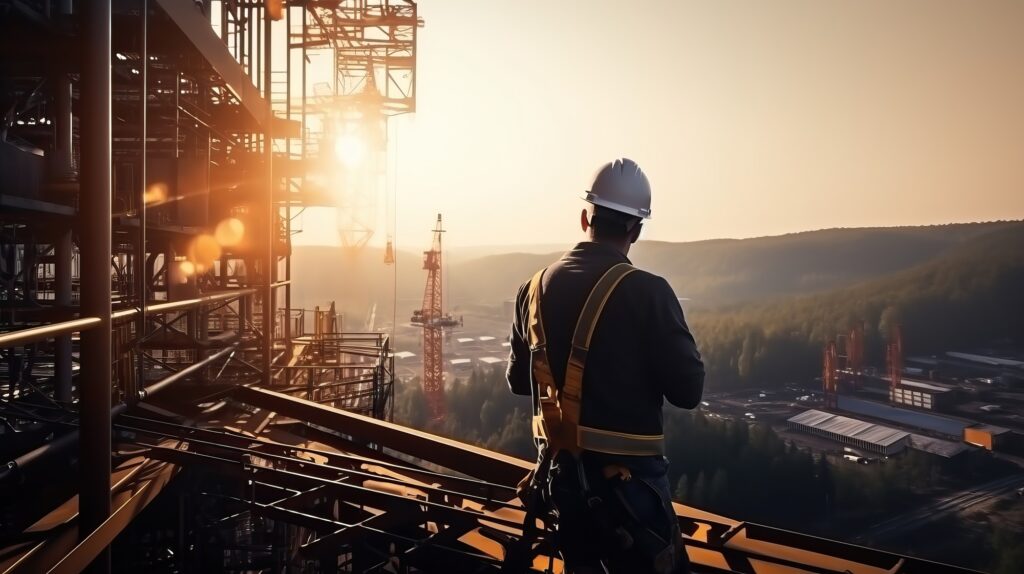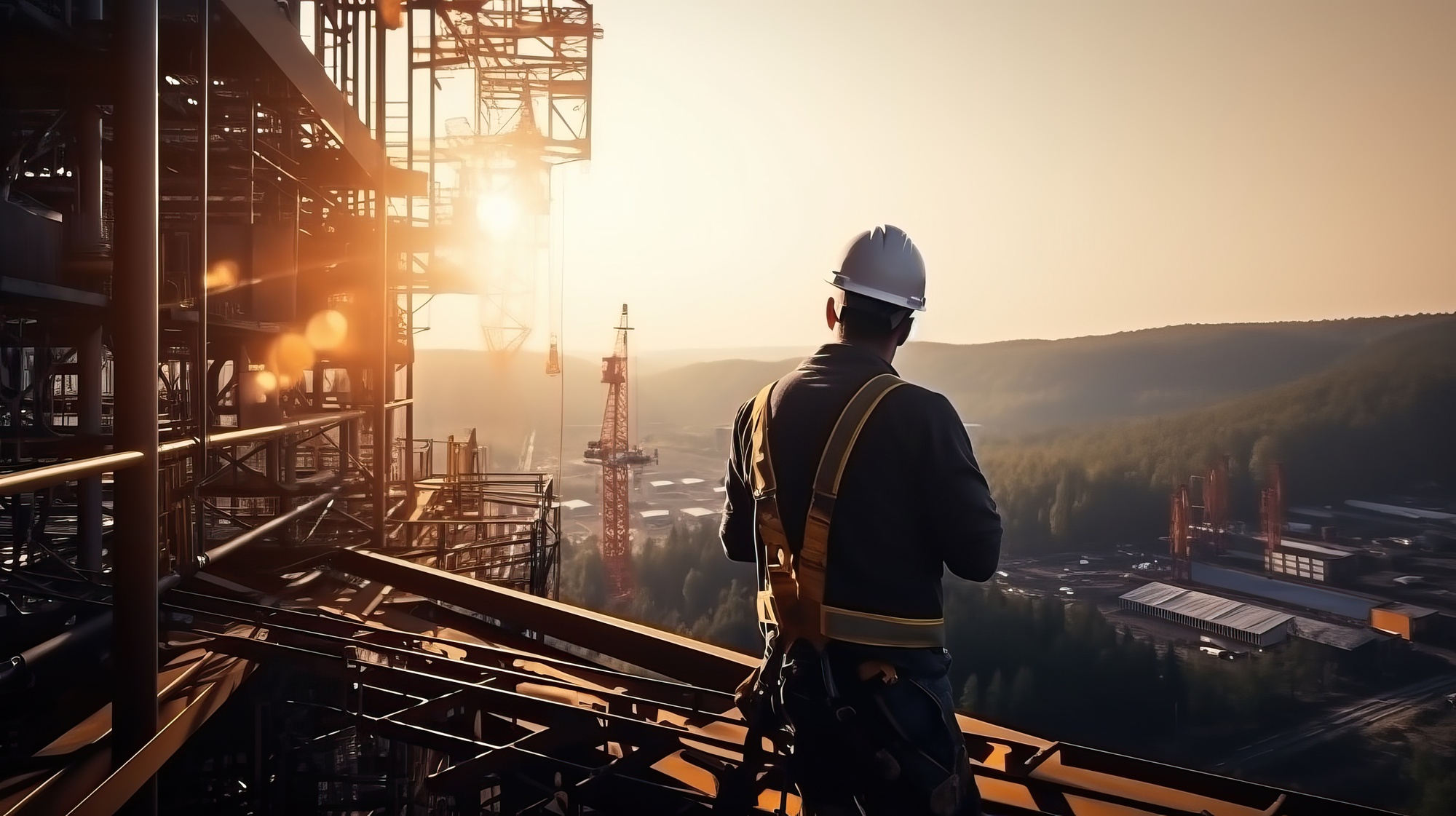In civil engineering, handling materials efficiently is crucial. Think about it: how materials are moved around construction sites affects deadlines, costs, and safety.
Now, things are changing in this area. You’re seeing new technologies and methods that are transforming how materials are handled in civil projects. It isn’t just about doing things faster; it’s about changing how projects are carried out from start to finish.
As you explore this change, you’ll learn how these new approaches are making material handling in construction projects more streamlined and environmentally friendly. It’s about the future of building, where innovative tools and strategies are creating better ways to work.
The Evolution Of Material Handling In Civil Engineering
Material handling in civil engineering has evolved considerably. Initially, it was manual, with labor-intensive methods like carrying materials and using basic pulleys. This approach limited construction speed and scale.
The Industrial Revolution brought significant changes with machines like cranes and trucks. These advancements allowed handling larger material volumes, speeding up construction, and enabling larger projects. Mechanization reduced manual labor reliance, marking a significant shift in construction capabilities.
Today’s material handling combines advanced technology with strategic planning. Automated equipment, sophisticated lifting devices, and conveyor systems have optimized processes, enhancing speed, safety, and environmental sustainability. Continuous innovation in this field aims to further improve precision and speed.

Innovative Technologies Reshaping Material Handling
Material handling in civil engineering is being transformed by a range of innovative technologies. Some advancements that are introducing entirely new capabilities in the field include:
- Advanced Lifting Equipment
Modern cranes and hoists are equipped with cutting-edge technology that allows for more precise and safer operations. For example, tower cranes now often include computerized load management systems, which help manage the weight distribution and balance, enhancing safety and efficiency.
Furthermore, mobile cranes equipped with global positioning systems (GPS) and real-time monitoring systems can navigate and operate in complex environments with greater accuracy.
Like Us on Facebook!
- Conveyor Belt Systems
Conveyor belt systems, essential for effective material transportation, have greatly advanced with sophisticated sensors and control mechanisms. These enhancements make them adaptable and robust.
Subscribe Us on YouTube!
For instance, they can be tailored to handle a range of materials, from fine granules to larger construction elements. Furthermore, they can be customized based on the terrain and varying inclines or declines. Their design focuses on regulating speed, direction, and material flow to optimize the construction process.
However, the effectiveness of these systems is largely influenced by the quality of conveyor belt construction. This ensures the durability and reliability of the conveyor system, meeting the diverse requirements of various construction projects.
- Automation And Robotics
Automation has brought a significant leap in material handling. Automated guided vehicles (AGVs) are now a common sight, efficiently transporting materials across construction sites. Robotic arms, often mounted on mobile platforms, are increasingly used for tasks such as loading and unloading materials, stacking building components, and precisely placing construction elements.
Additionally, unmanned aerial vehicles (UAVs), or drones, are utilized not just for surveying, but also for small-scale material transport, especially to locations that are challenging for traditional machinery to reach.
- Integration With Digital Technologies
The integration of material handling equipment with digital technologies like Building Information Modeling (BIM) and the Internet of Things (IoT) is revolutionizing project management.
BIM allows for detailed 3D modeling of projects, facilitating better planning and coordination of material handling. On the other hand, IoT enables the tracking and management of materials and equipment in real time, ensuring optimal utilization and reducing wastage.
More than enhancing material handling, these technological advancements are setting a new benchmark for effectiveness, safety, and innovation in the construction industry.

Challenges And Solutions In Modern Material Handling
Innovative technologies in material handling bring not only advancements but also challenges. Addressing these challenges is key to fully harnessing the potential of new systems in civil engineering.
- Adapting To New Technologies: A major challenge is ensuring the workforce is skilled in using advanced technologies. Solutions include targeted training programs and integrating technology in stages to ease the transition.
- Managing Cost And Investment: The financial aspect of adopting cutting-edge equipment can be daunting. Strategies like conducting cost-benefit analyses, exploring leasing options, and utilizing government incentives can minimize these concerns.
- Ensuring Safety And Compliance: New technologies introduce complex safety and regulatory challenges. Developing comprehensive safety protocols and maintaining close coordination with regulatory bodies are vital for smooth implementation.
These challenges, while significant, are being met with innovative solutions. Overcoming them is essential for the successful integration of new technologies in material handling.
Final Thoughts
The shift towards advanced material handling marks a new era of efficiency and innovation. These advancements are reshaping construction into a faster, safer, and more sustainable practice.
While adapting to these changes poses challenges, the industry’s proactive approach in overcoming them signals a promising future. Embracing this evolution, civil engineering continues to stride forward, setting new benchmarks in building the world around us.


















